
The Lost Pharaoh's Tomb
By Mahmoud

12 Feb, 2024
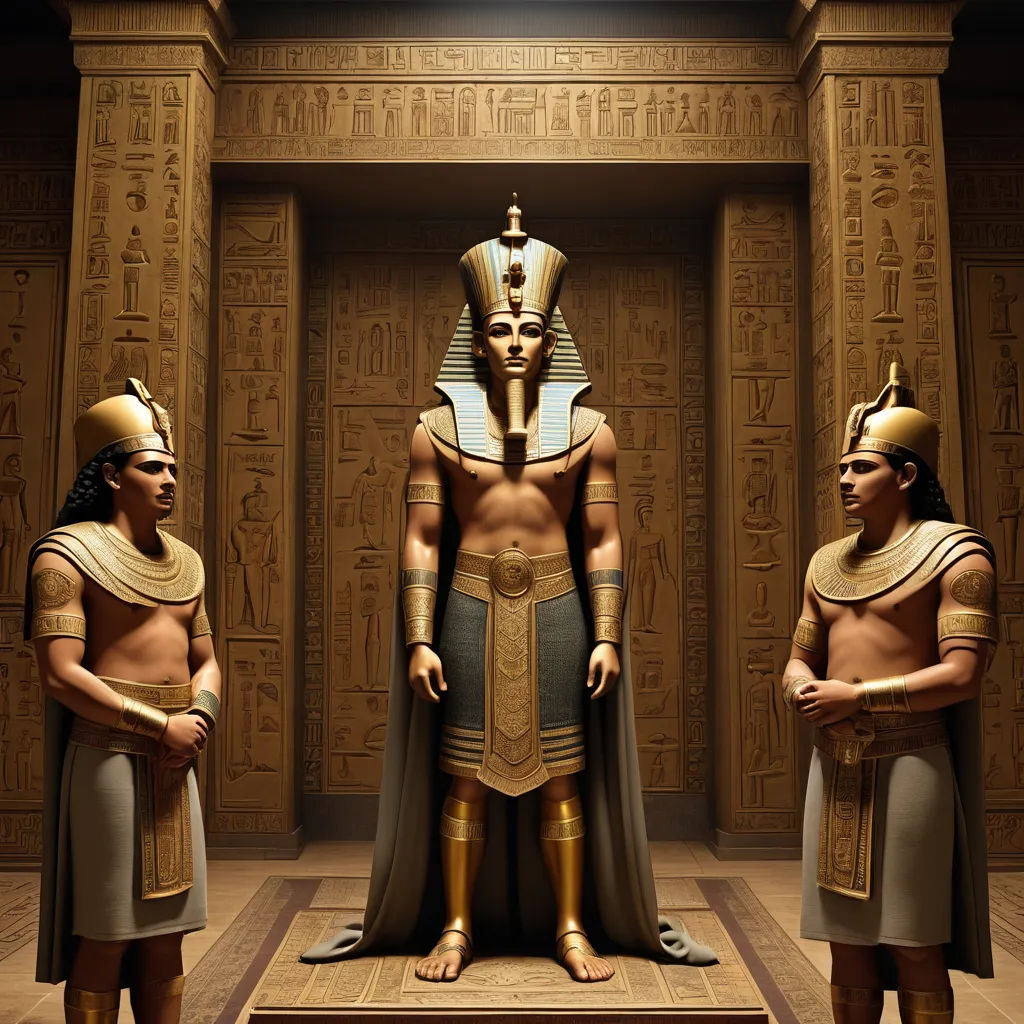
The young Pharaoh, Tutankhaten, was thrust into power at a tender age. He found himself burdened with the task of leading a kingdom in turmoil. The complexities of governance were immense, but he wasn't alone. The elder official, Ay, and the army general, Horemheb, stood firmly by his side, guiding him through these challenges.
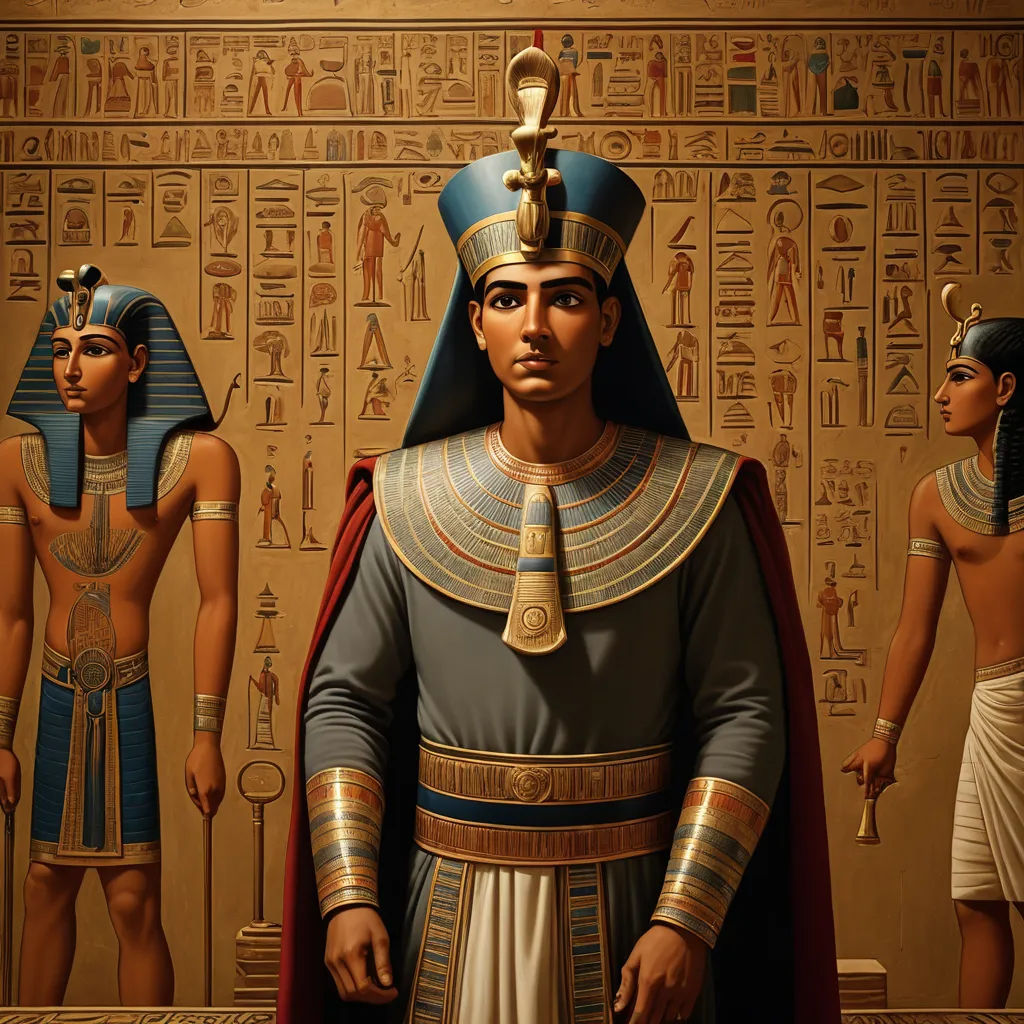
Under the guidance of Ay and Horemheb, Tutankhaten initiated the restoration of the traditions and arts of ancient Egypt, which his predecessor had discarded. This was a significant shift in policy, one that would shape his reign and the future of Egypt.
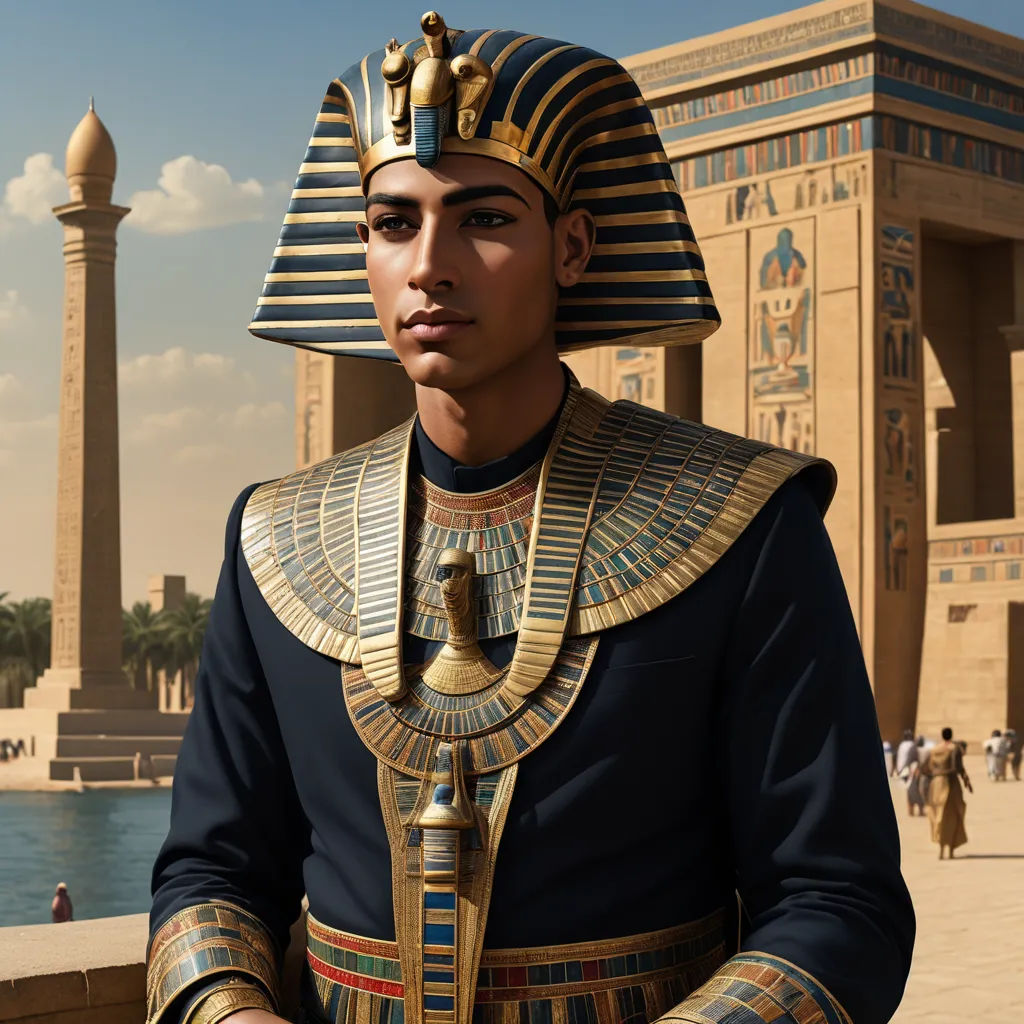
In his third regnal year, the young king moved his residence to Memphis, near modern Cairo. This was also when he changed his name from Tutankhaten to Tutankhamun, symbolizing a new era and a renewed commitment to the traditions of his ancestors.
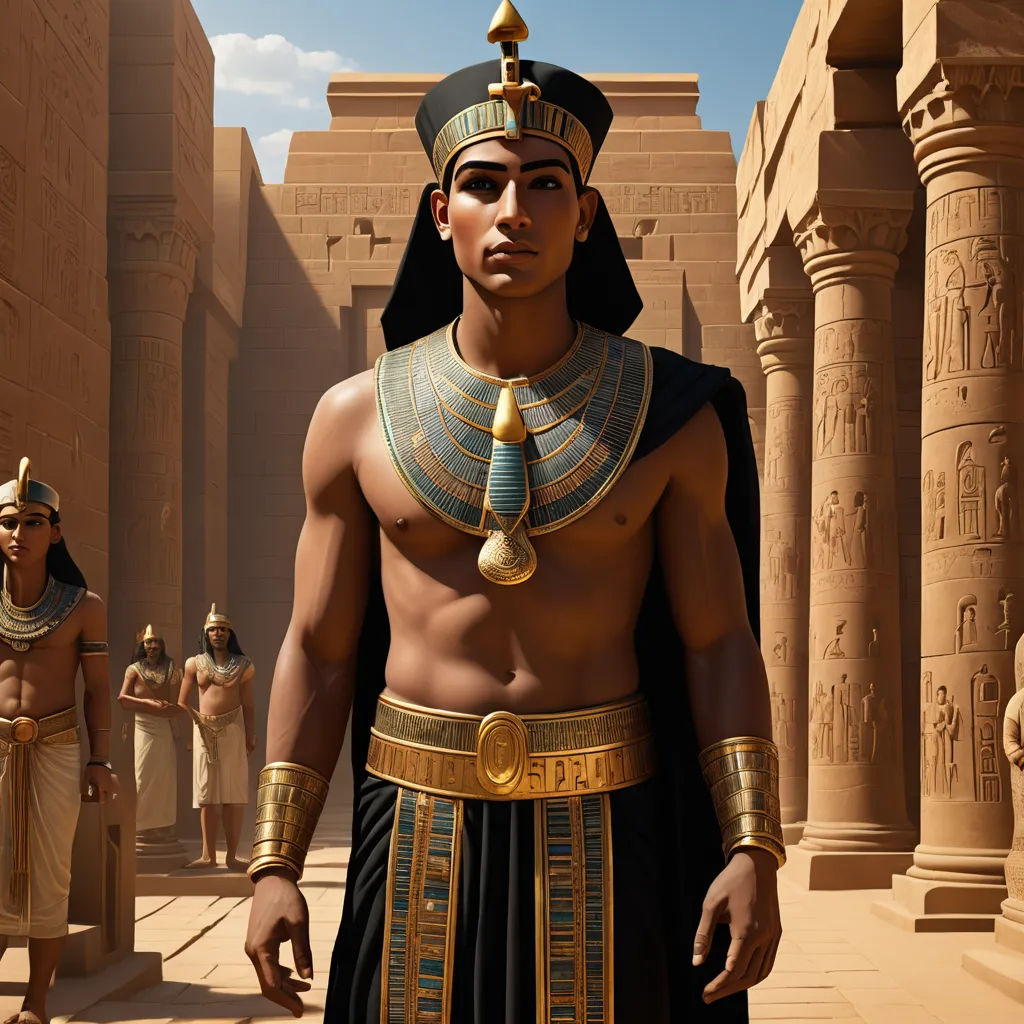
King Tutankhamun, as he was now known, issued a decree to restore the temples, images, and privileges of the old gods. This reflected his commitment to reinstate traditional beliefs, marking a significant shift in religious policy.
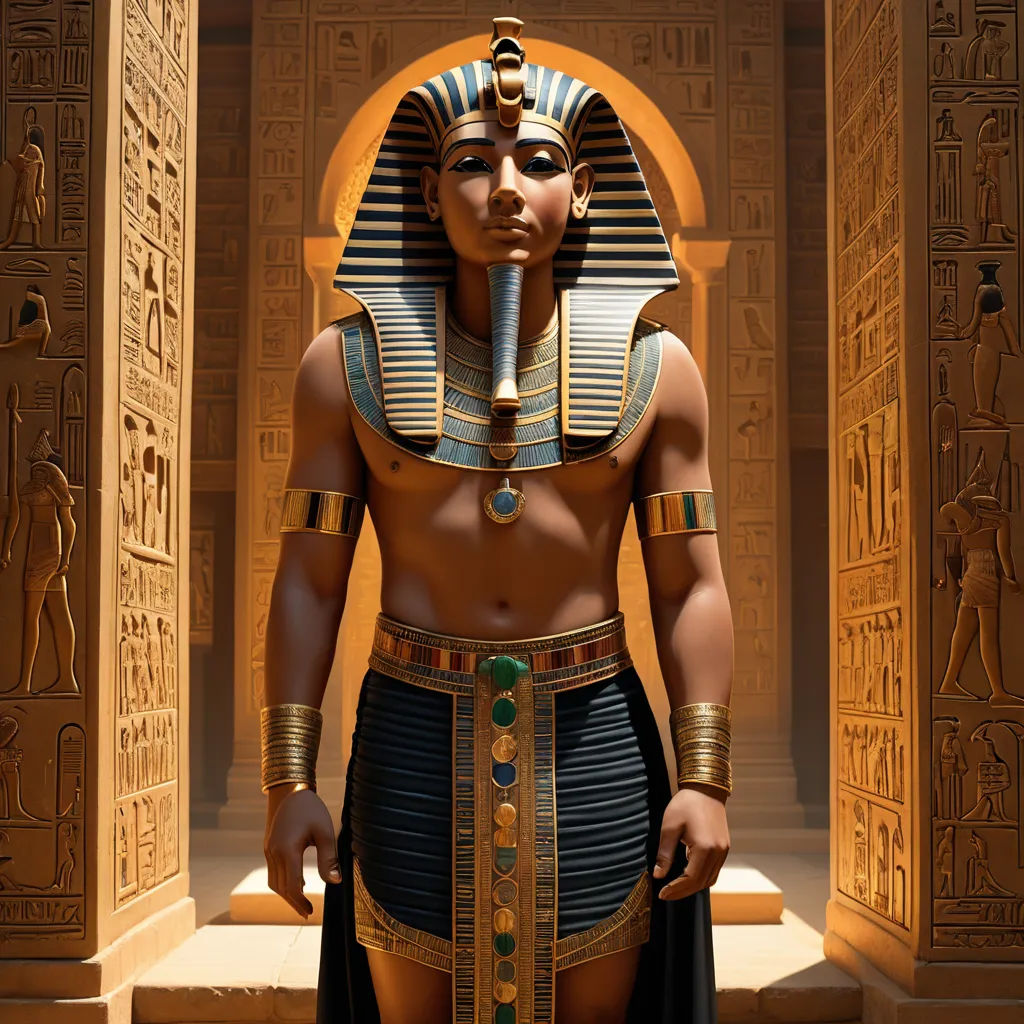
Despite his efforts to revive old traditions, Tutankhamun maintained a level of tolerance for the Aton, the god revered by his father. This balanced approach was a testament to his wisdom and maturity, even at such a young age.
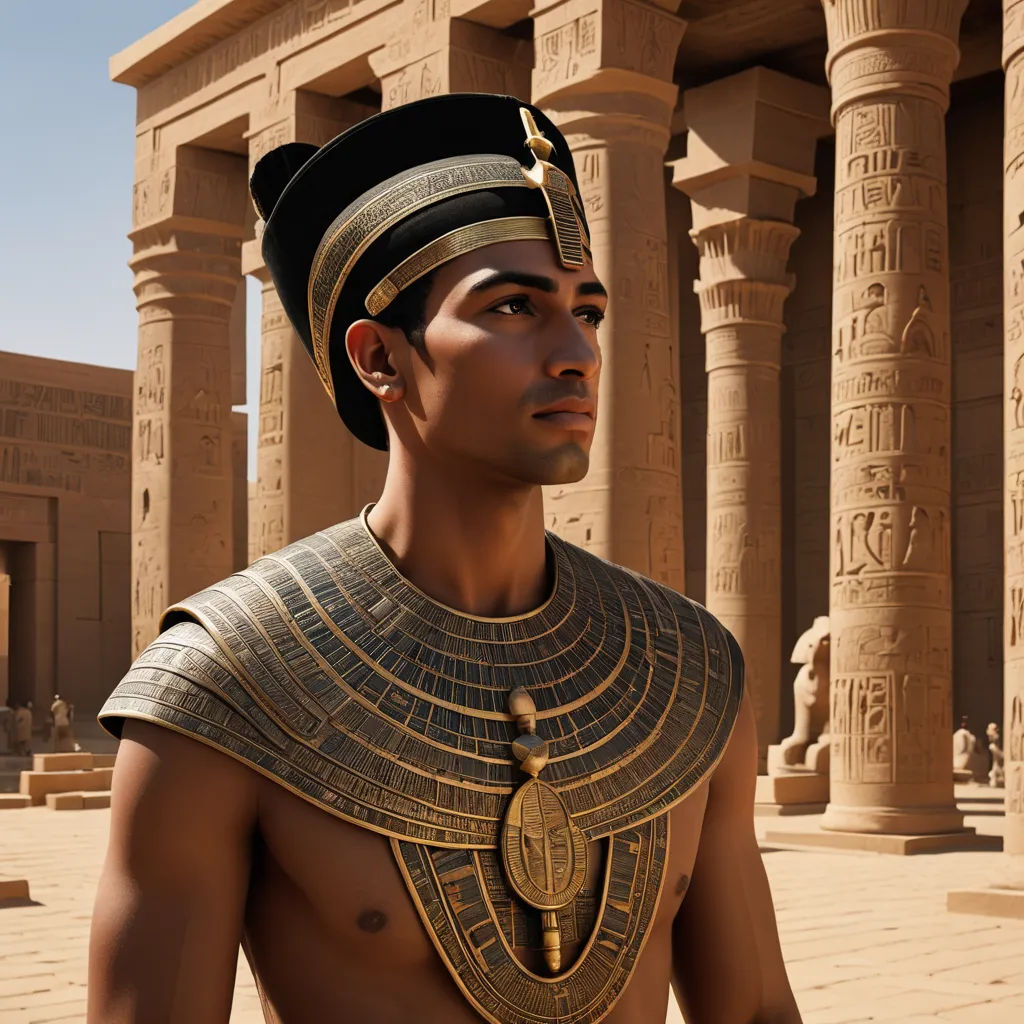
A palace in Karnak and a memorial temple in western Thebes were built under Tutankhamun's reign, demonstrating his passion for architecture. His reign marked a significant period of stability and growth for ancient Egypt, a testament to his leadership.
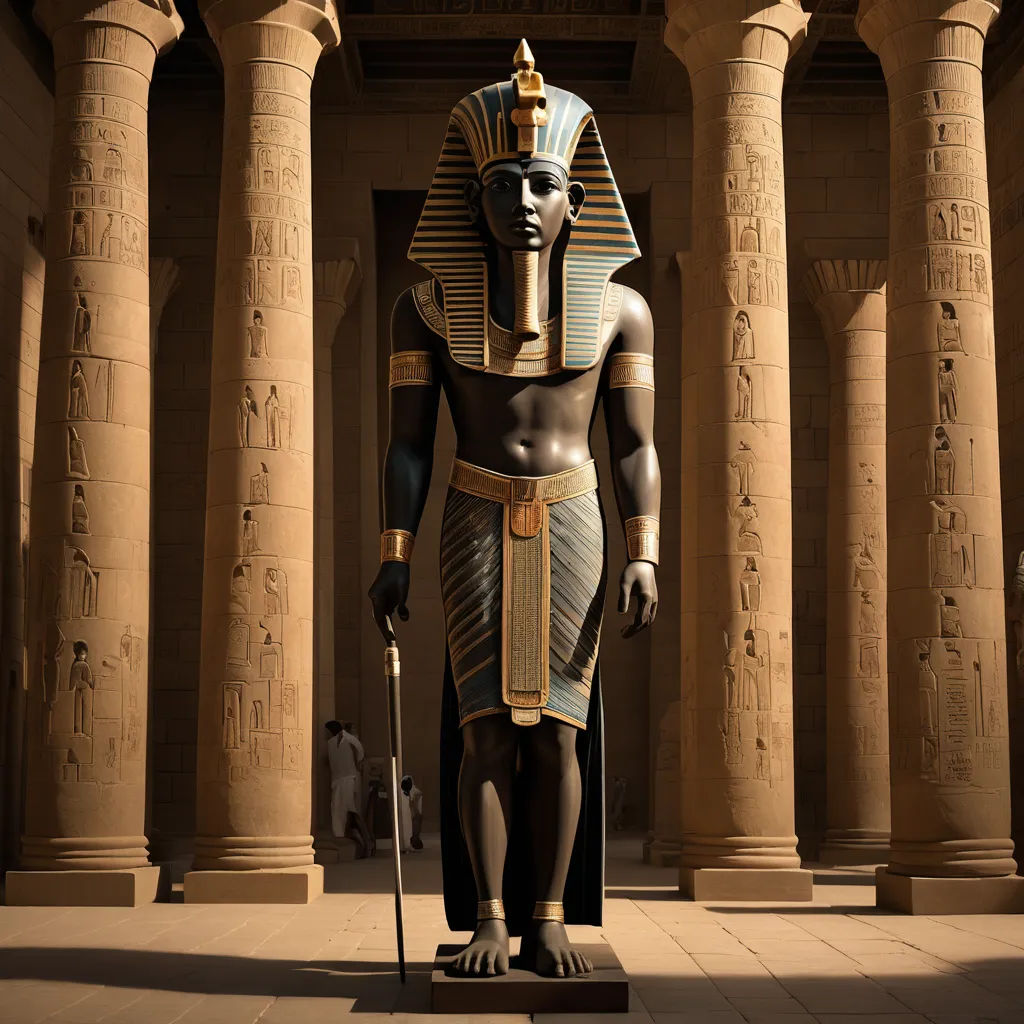
The main surviving monument of Tutankhamun's reign is the Luxor Temple's Colonnade. It is adorned with reliefs depicting the annual Opet festival, a rite of renewal, making it a testament to the Pharaoh's dedication to tradition and renewal.
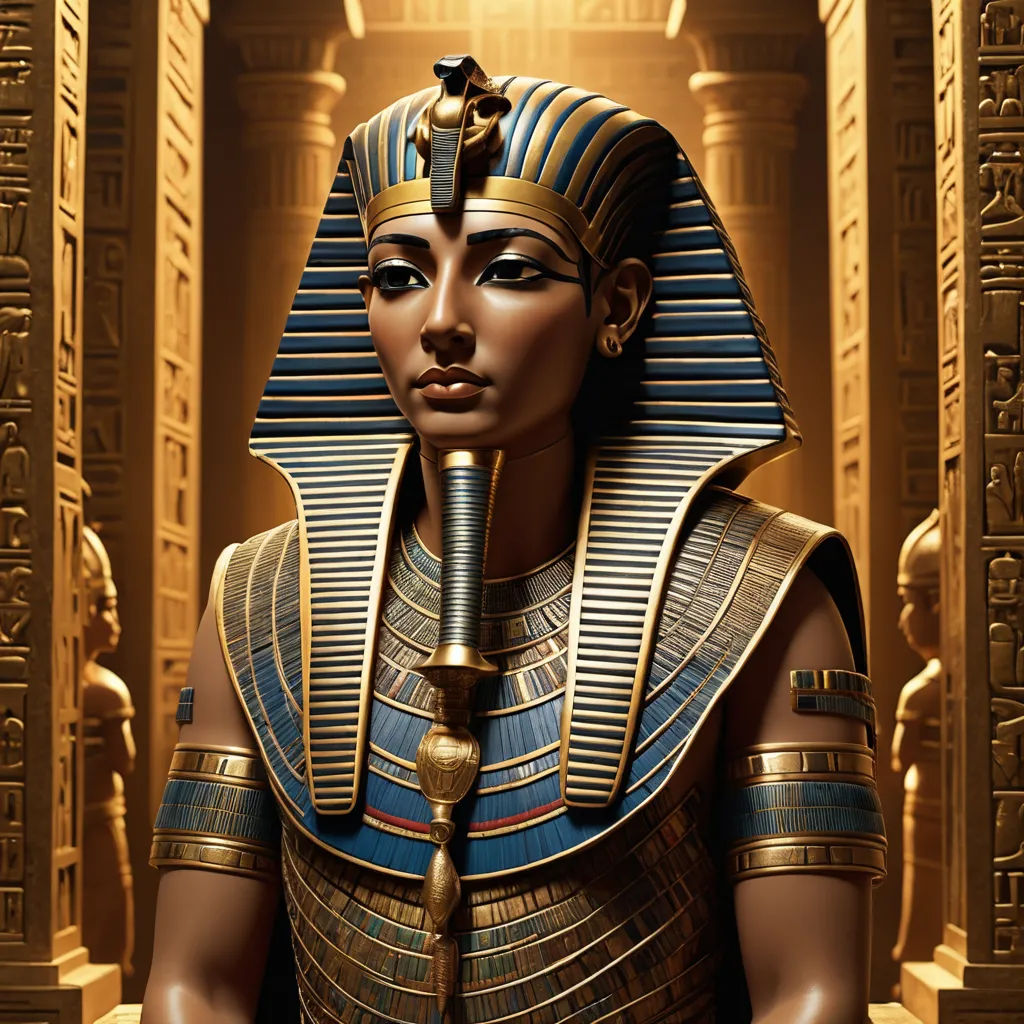
As Tutankhamun's reign drew to a close due to his declining health, the kingdom mourned the loss of a wise and benevolent ruler. His influence, however, lived on, shaping the future of ancient Egypt.
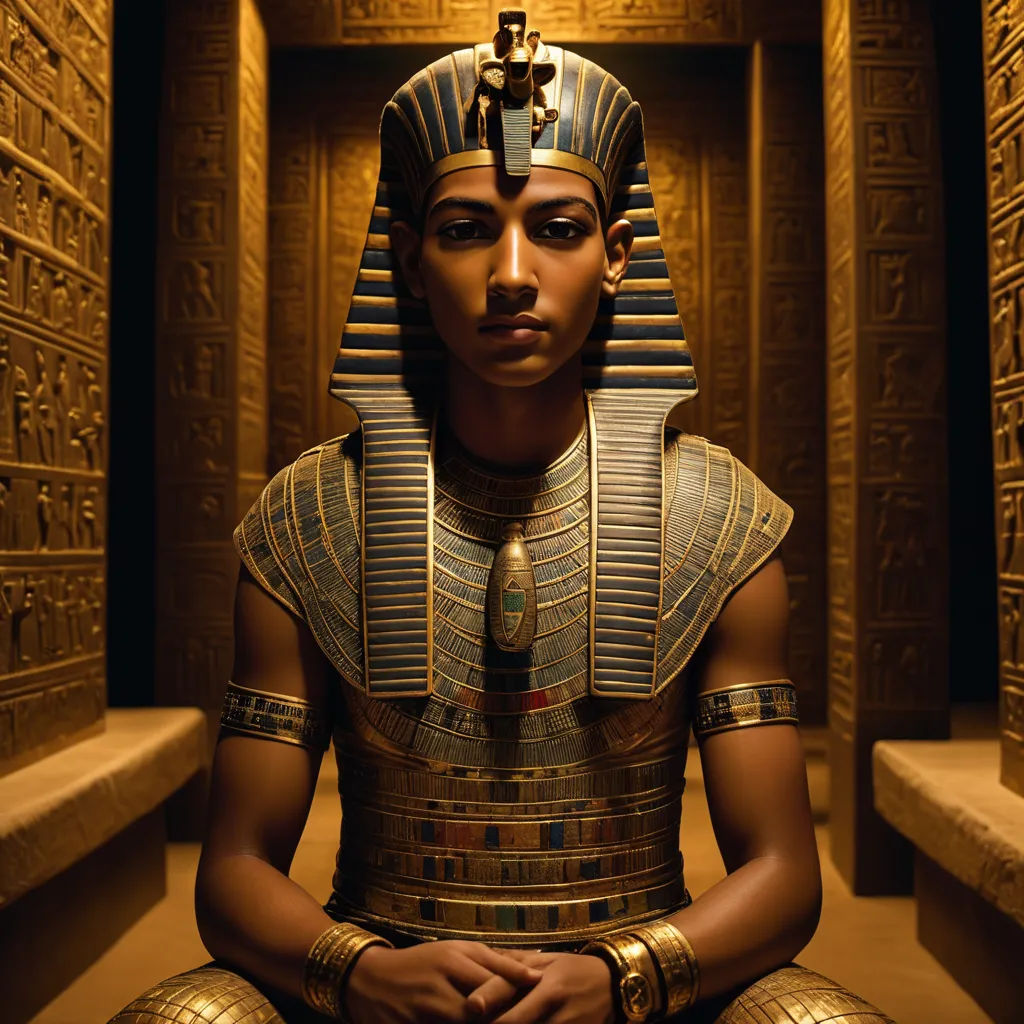
Tutankhamun's tomb, untouched for millennia, was discovered in the Valley of the Kings in 1922. The artifacts within it offer a glimpse into the life and reign of the young Pharaoh, captivating the world with the mystery and allure of ancient Egypt.
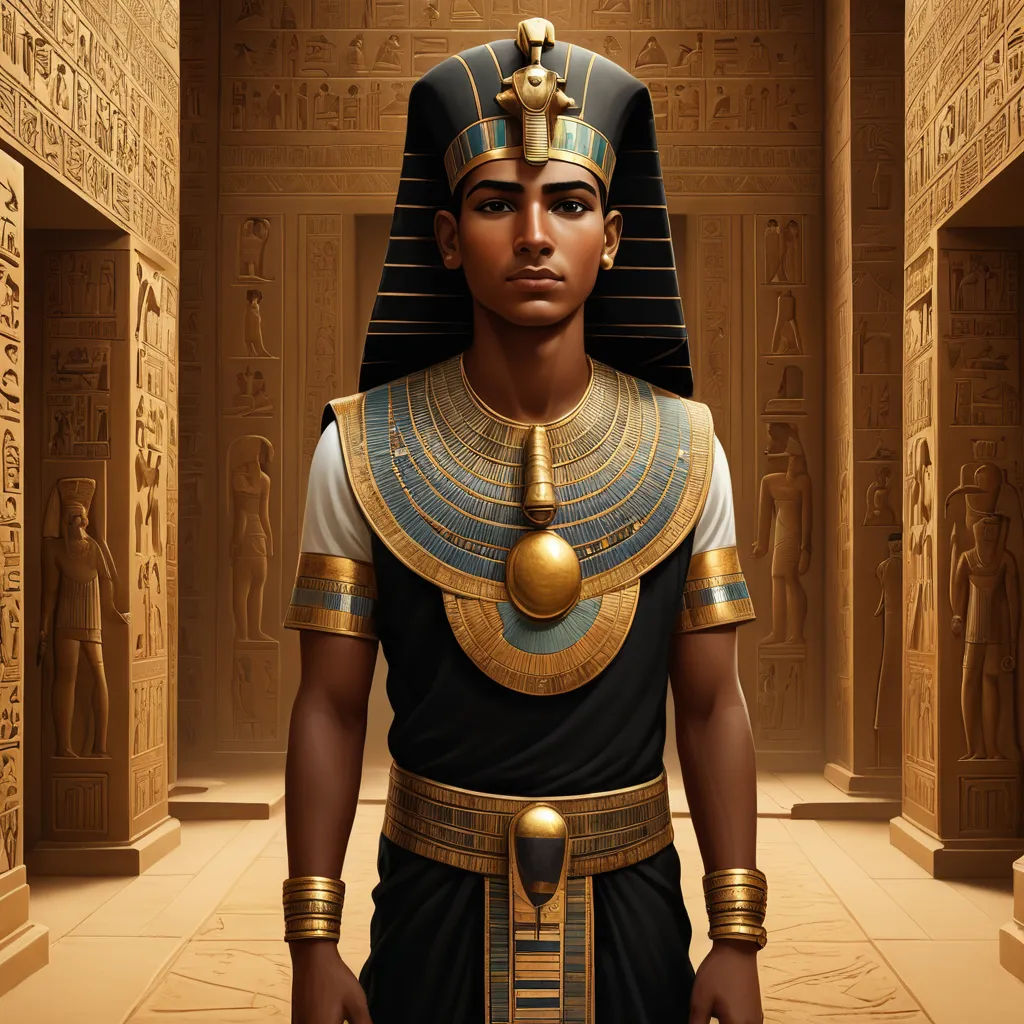
Today, Tutankhamun's name is synonymous with ancient Egypt. His reign marked a significant era in the history of the civilization, and his tomb remains a testament to his life and rule. The young Pharaoh, once known as Tutankhaten, remains an enduring symbol of ancient Egypt.
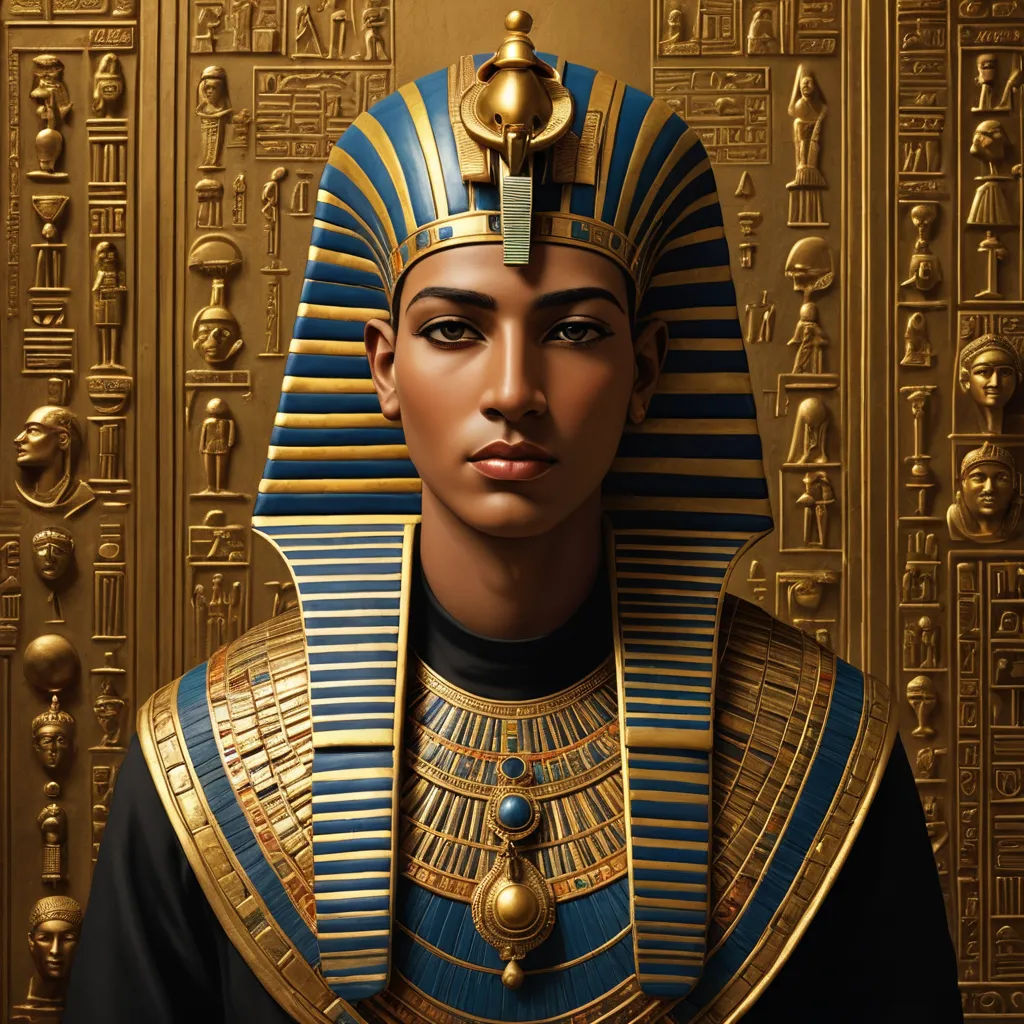
The tale of Tutankhamun serves as a reminder of the resilience of human spirit and the power of tradition. His reign, though short-lived, left an indelible mark on the sands of time. His story, a blend of youth, wisdom, and courage, continues to captivate the world.